The Stories Behind the Crests: Chelsea, Cosmos and More
The imagery behind soccer club crests often tells a story of its own–and most fans don't even know it. What is the significance of specific animals being used in club imagery? What do all those stars stand for? After bringing you the stories of a first batch of wide-ranging crests, once again we've spanned the globe–and leagues of all levels and sizes– to bring you more explanations for the stories behind team logos.
ASANTE KOTOKO
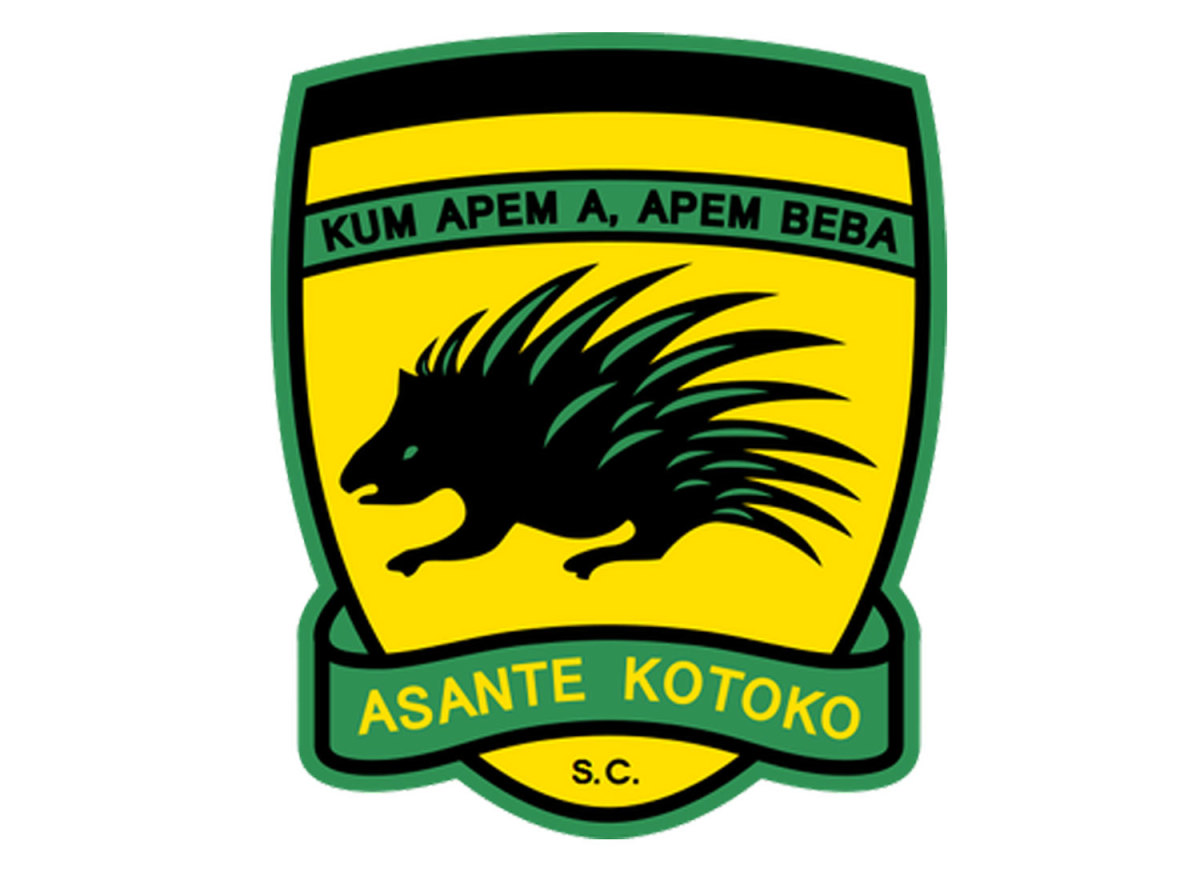
The name of the Ghanaian powerhouse (and two-time African champ) translates from the Twi language to “Ashanti Porcupine.” The Ashanti kingdom lasted more than 250 years and became part of present-day Ghana. Its flag was yellow, black and green and its symbol, adopted in 1701, was the porcupine, whose numerous quills evoked the motto “Kum Apem a, Apem Beba.” It means, “Kill a thousand—a thousand will come.”
CAROLINA DYNAMO
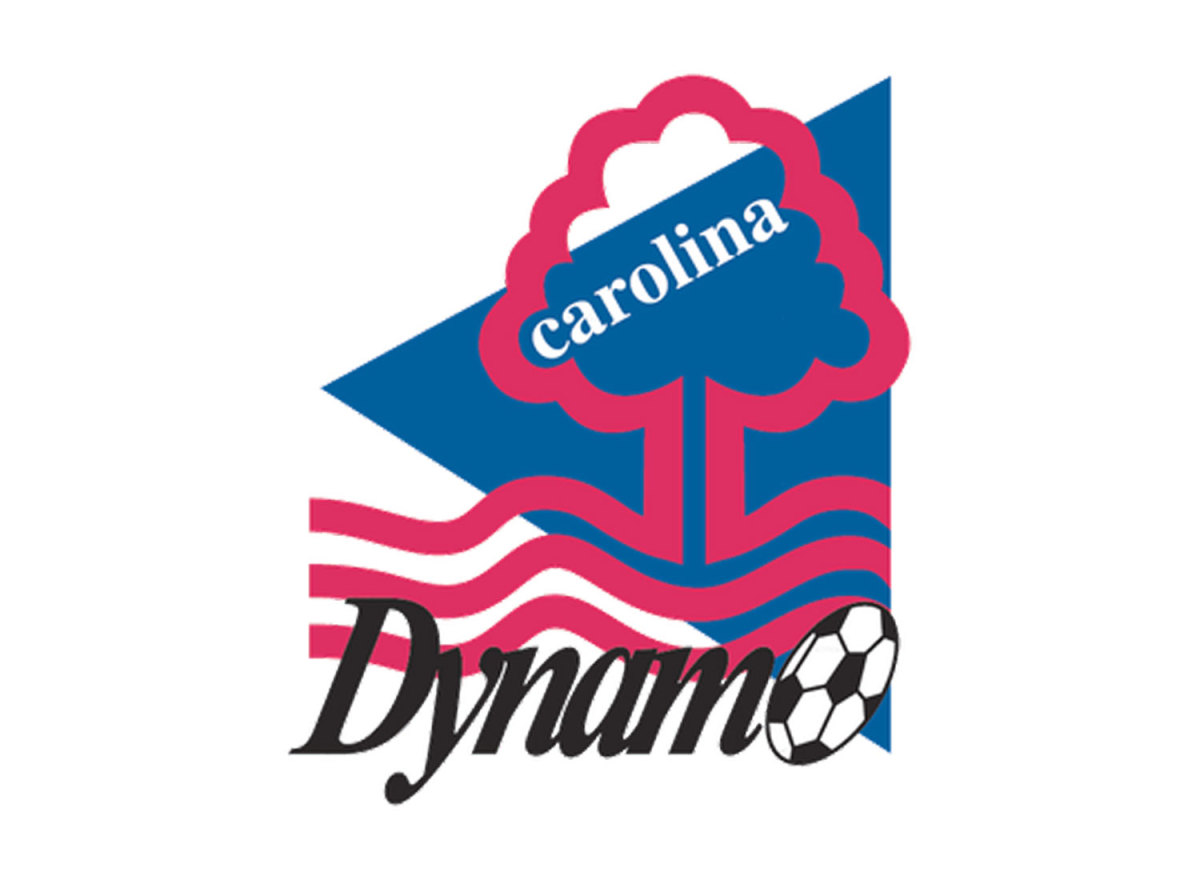
U.S. clubs have been copying European branding since before MLS kicked off. The PDL’s Dynamo, which competed as a pro team until 2003, were founded 10 years earlier by Neil Macpherson, the son of Nottingham Forest’s former chairman. Macpherson had no interest in nuance. Forest’s famous tree was pasted in its entirety over a blue triangle—the club’s home of Greensboro is part of the Piedmont Triad. And even though Macpherson sold the team in 2007, the Forest tribute remains.
CHELSEA
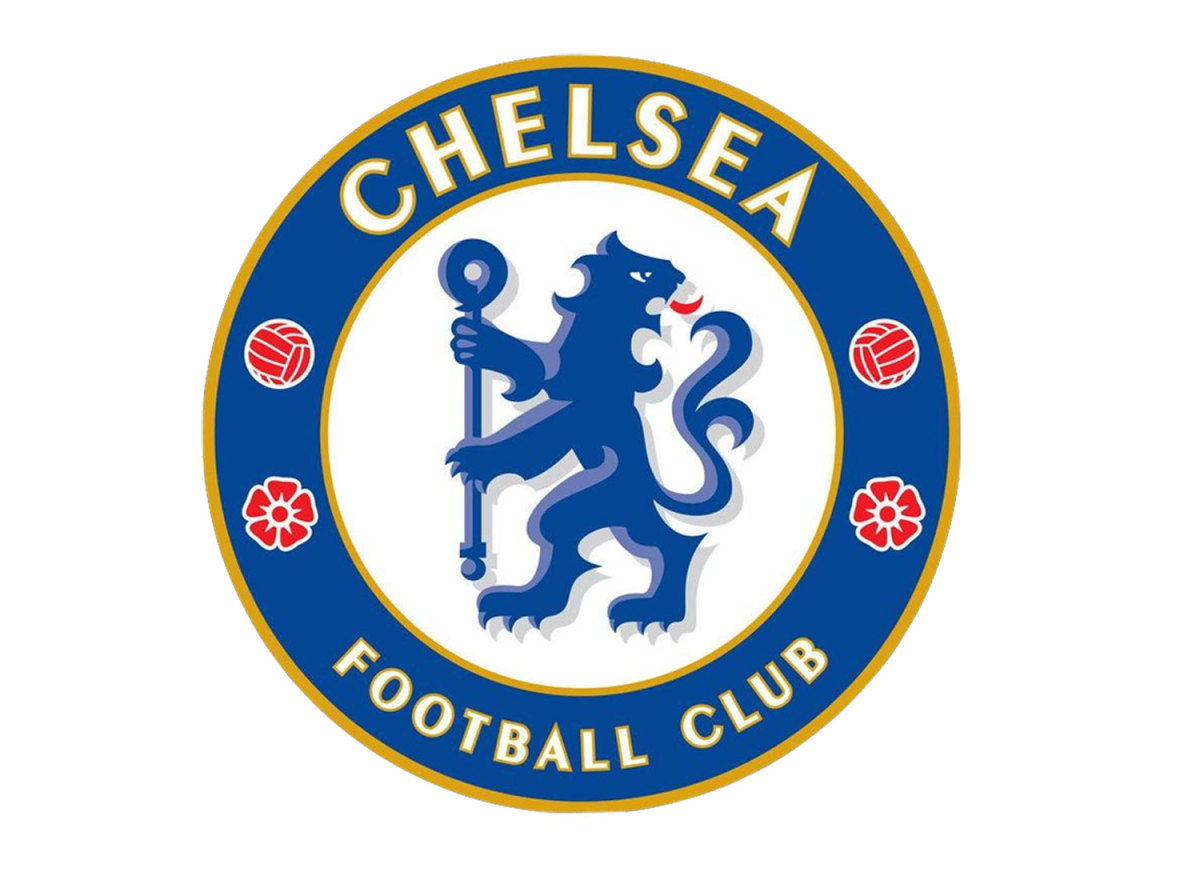
The lion, which was added to Chelsea’s logo in the 1950s, isn’t a reference to the three on the English coat of arms (which are walking), but rather to the rampant, “reguardant” lions (which are looking backward) used by the historic Cadogan family. Cadogans have been earls and lords and Viscounts Chelsea. One was the first president of the club and another was chairman as recently as 1982. Jockeys racing the family’s horses wore blue in the 19th century, and the Cadogans still have significant landholdings in the Chelsea area.
EMELEC
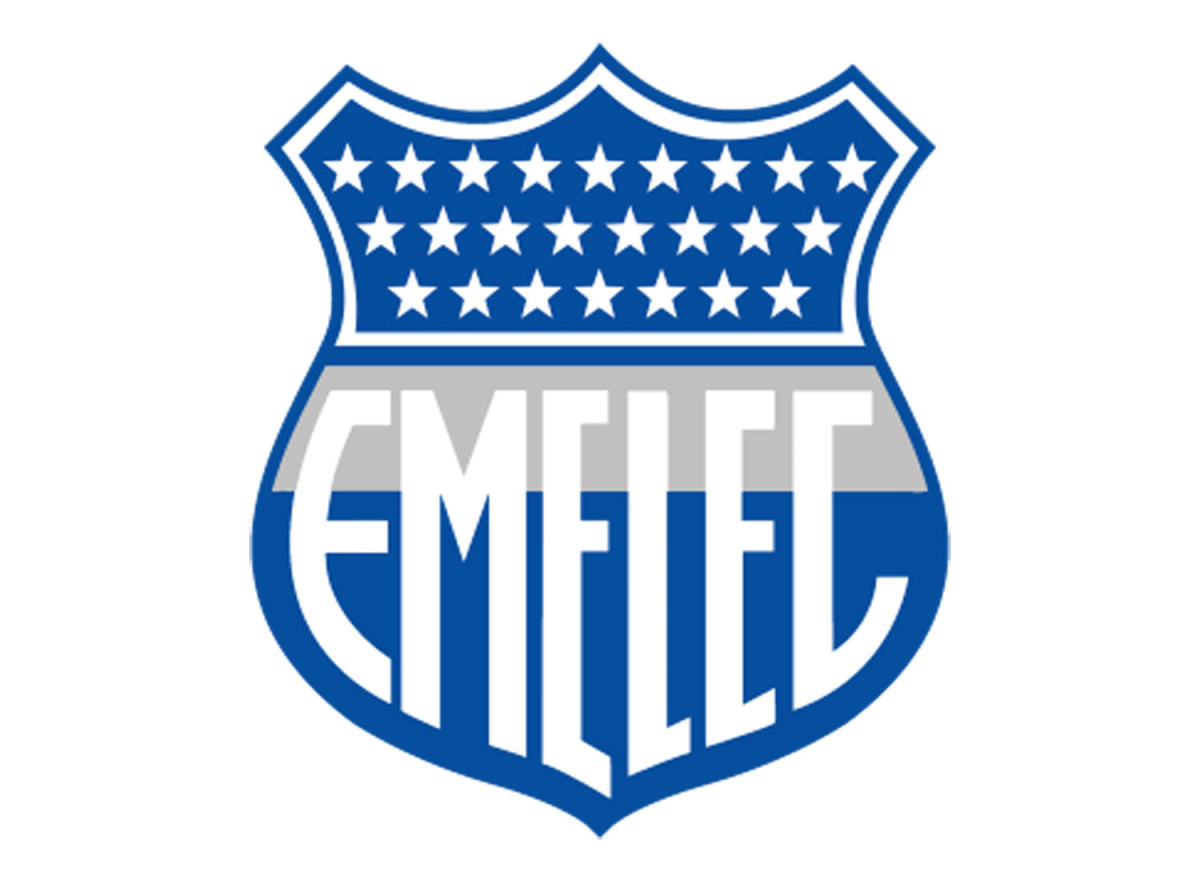
Thirteen-time Ecuadorian champion Emelec was founded in 1929 by an American, George Capwell, who ran the Electric Company of Ecuador (or the Empresa Eléctrica del Ecuador). In the USA, stars traditionally stand for states. And on Emelec’s crest, the 24 stars represent Ecuador’s 24 provinces. The club’s blue and white colors can be found on the flag of its home city of Guayaquil.
FENERBAHCE
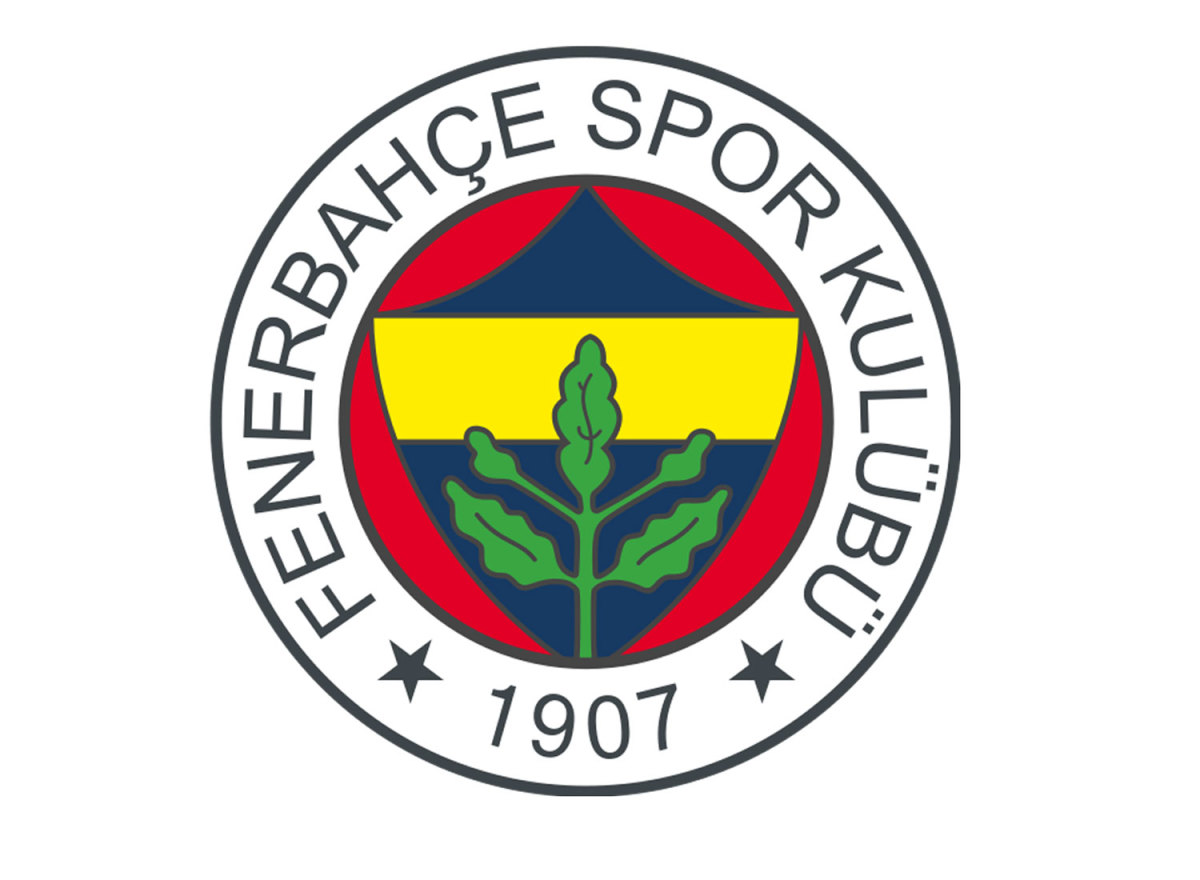
The best part of the crest is the yellow band across the blue shield, which symbolizes the “admiration and envy” others feel for the Istanbul club. Designed by a player a few years after the club’s 1907 founding, the logo also represents “nobility” (the blue), “purity and open-mindedness” (white), “love” and the Turkish flag (red) and “success” (green). The oak leaf stands for “resistance, power and strength.” Fener sets a high bar.
HAMBURGER SV
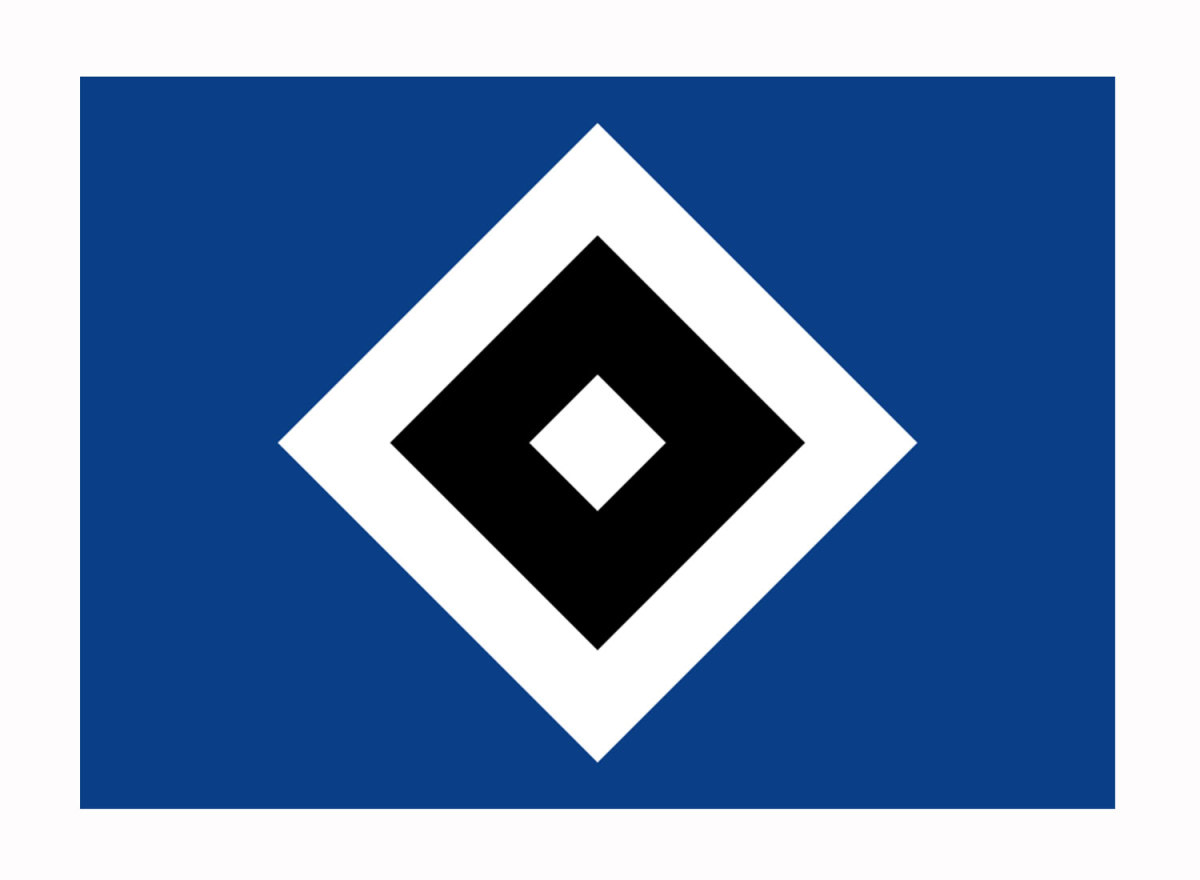
HSV’s logo is an outlier in a few respects. The colors don’t reflect the city’s or the mostly white-and-red kit (the team’s nickname is “Rothosen”—red shorts) but rather those of SC Germania, one of the original clubs that evolved into present-day HSV. There are no initials or words. And it’s square. That’s quite rare. Flags are a common motif in German club badges, and it’s thought that HSV’s evokes the Blue Peter flag that signals that a docked ship is set to depart. Hamburg is the third-busiest port in Europe.
HUDDERSFIELD TOWN
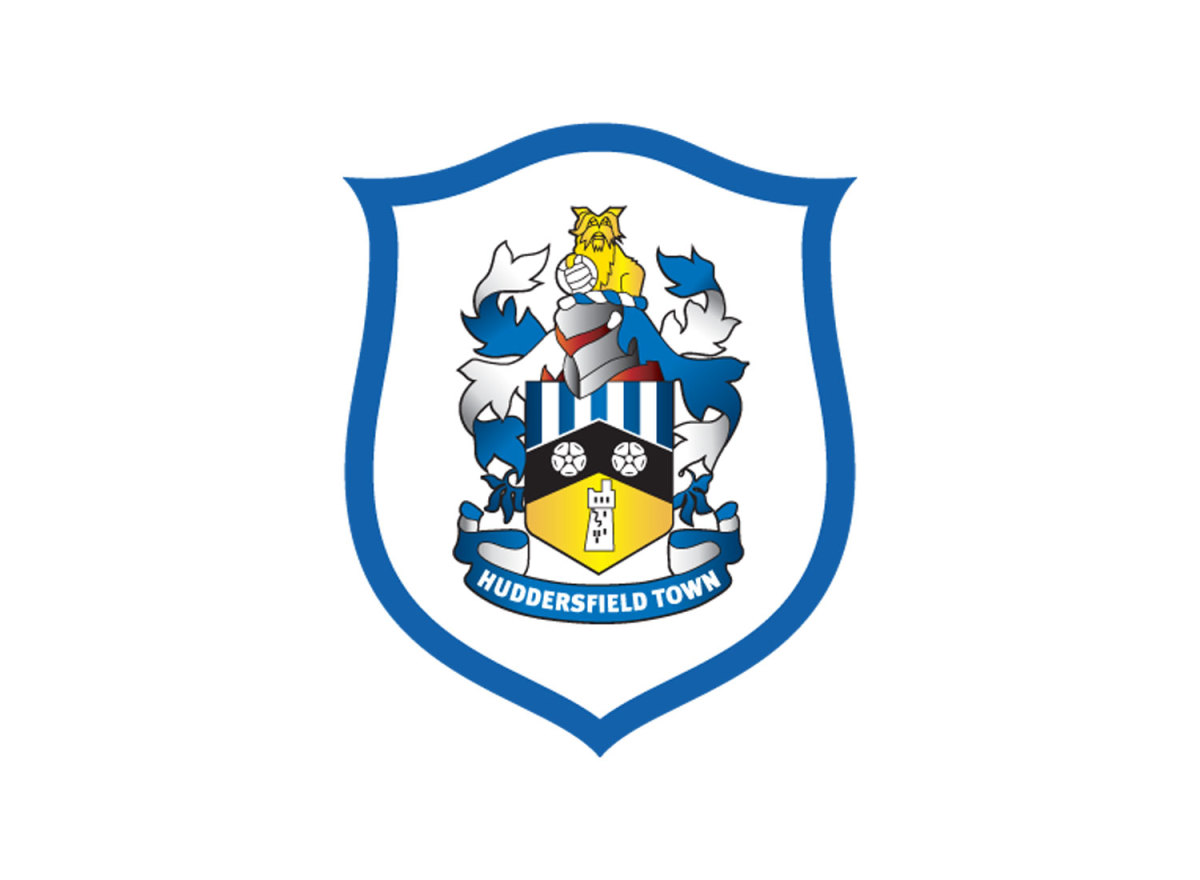
Coached by former USA international David Wagner and now Yorkshire’s only Premier League club, Huddersfield adopted the “Terriers” nickname in the late 1960s. It’s not the fiercest mascot, but it’s appropriate for a smaller club hoping to do big things. Much of the famous Yorkshire Terrier breed can trace its lineage back to Huddersfield Ben, an accomplished show dog from the city. The shield underneath the terrier includes a black chevron symbolizing the River Colne, nearby Castle Hill and two Yorkshire roses.
CA HURACAN
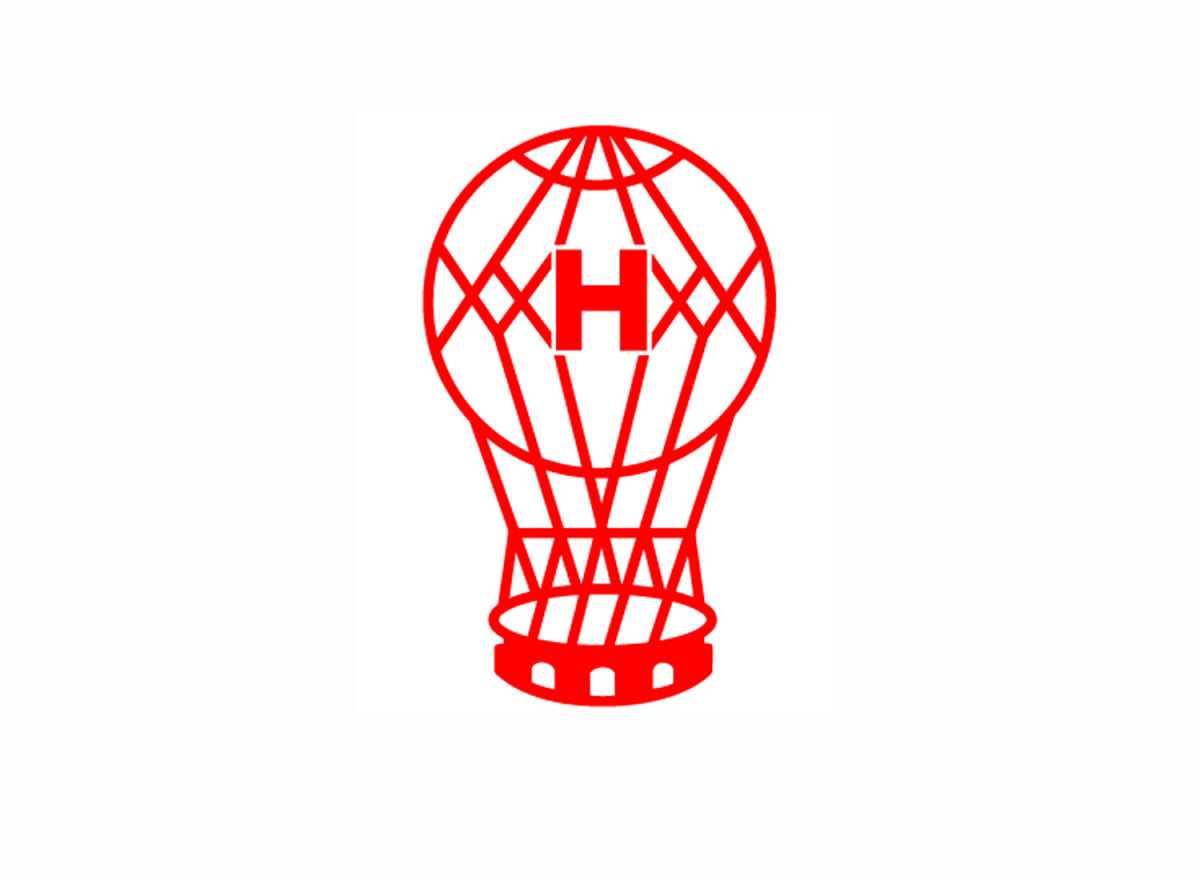
The Buenos Aires club’s name and logo come from a hot air balloon—the “Hurricane”—operated by early Argentine aviator and engineer Jorge Newbery. In 1909, the year after the club’s founding, Newbery, whose father was from New York, set a South American record by flying El Huracán across Argentina, Uruguay and Brazil. He granted the new team permission to use the emblem and even helped with administrative matters. Several Argentine soccer clubs later would be named after him.
FC INGOLSTADT
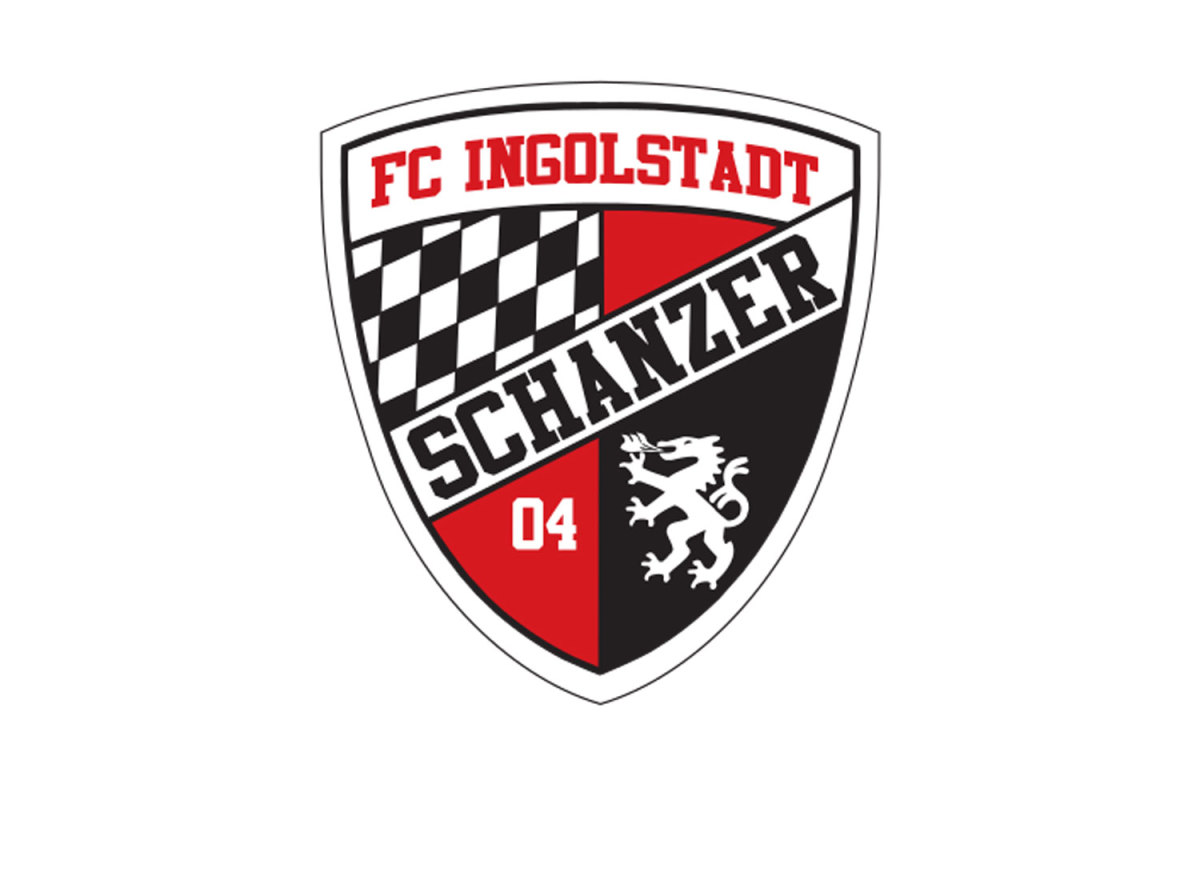
“Schanzer” is a club nickname that reflects Ingolstadt’s history as a walled Bavarian fortress city that later, and famously, held out against a Swedish siege in the 1630s. “Verschanzen” means “to fortify,” a “Schanze” is an entrenchment, and proud citizens of Ingolstadt became “Schanzers.” The club mascot—the dragon in the corner that’s also seen on the city flag—is named “Schanzi.”
HB KOGE
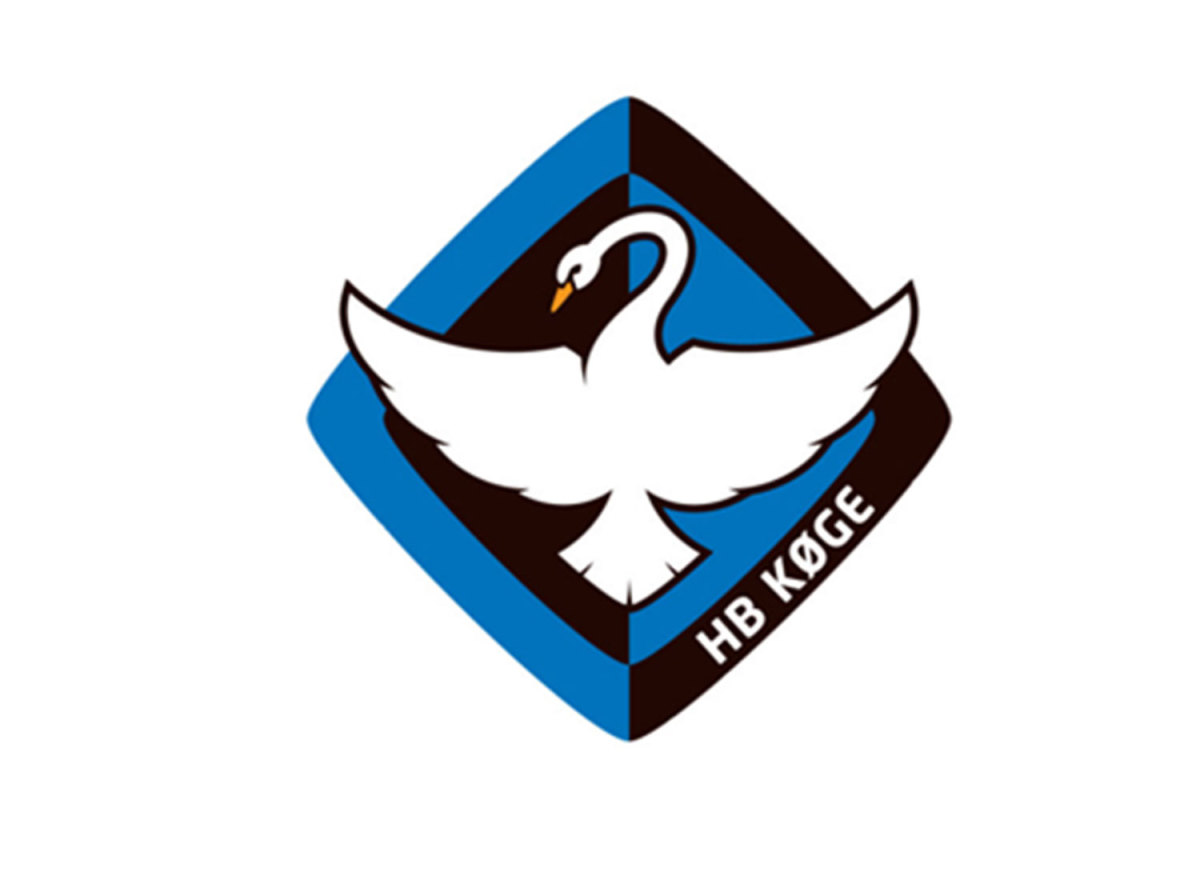
The Danish club, launched through a 2009 merger, uses a swan in its logo in part because it hoped to construct the country’s first carbon-neutral stadium. “The swan is the Nordic symbol for taking care of the environment,” the team told UEFA’s website. It’s also Denmark’s national bird.
SLOVAN LIBEREC
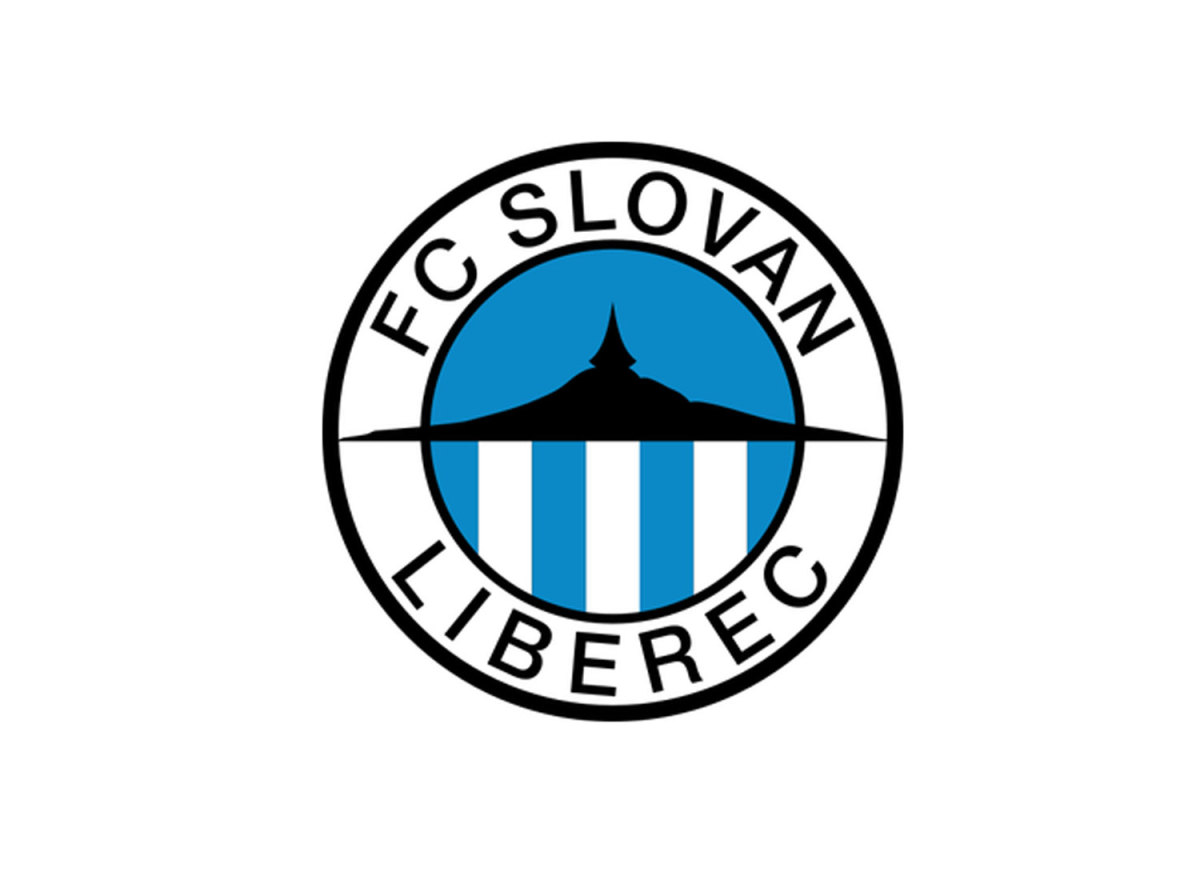
Often, a building depicted on a club crest is either really old or, like the Eiffel Tower or the Space Needle, globally iconic. Slovan, the three-time Czech champ, goes a different route. It’s logo features the Jested Tower, a 94-meter tall TV tower built in the 1960s that sits atop a hotel and restaurant, which in turn are on Jested Mountain. It’s a well-known tourist attraction with views of nearby Liberec and thanks to its proximity to the border, Germany and Poland.
FC METZ
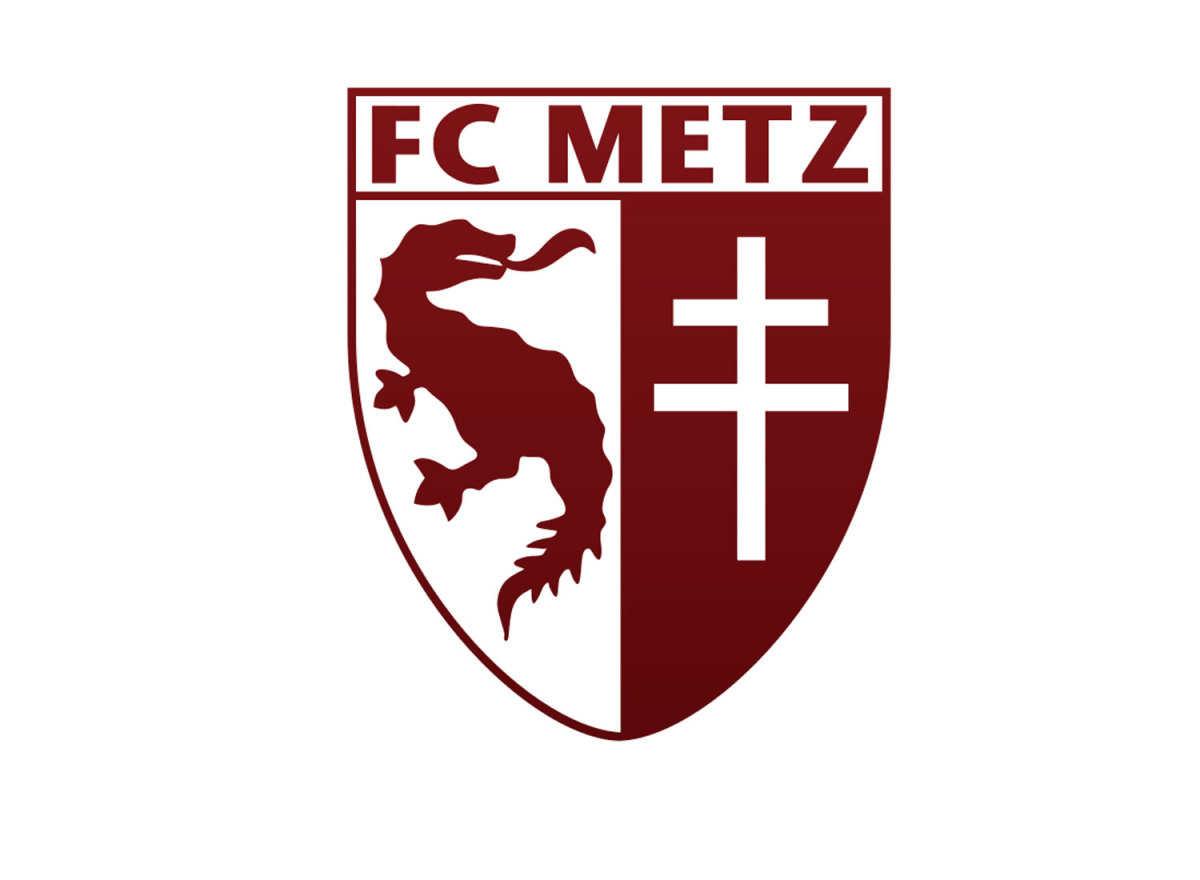
The badge of Oguchi Onyewu’s first pro club is highlighted by the Graoully dragon, which supposedly terrorized local residents until driven into the river by St. Clement of Metz during the early days of Christianity. The dragon has been a city symbol for some 1,000 years. On the right is the Cross of Lorraine, a symbol of French patriotism and liberation during World War II. Metz is Lorraine’s most populous city. Feelings toward the Germans were strong before the war as well, when Metz club officials decided to change from the city’s black-and-white colors—which also were associated with the German national team—to the deep red used by one of the club’s earlier incarnations.
CLUB NACIONAL DE FUTBOL
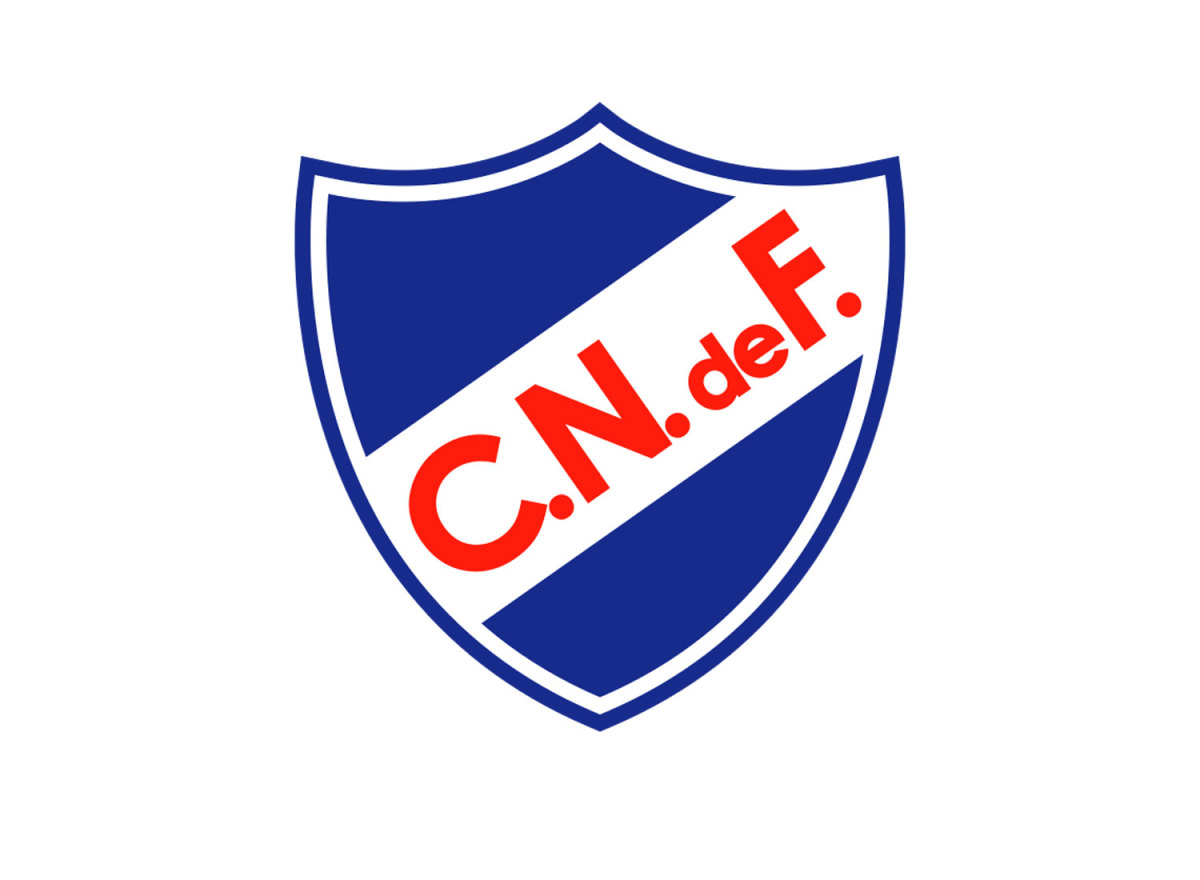
The colors and sash reflect the blue, white and red flag of José Gervasio Artigas, the Uruguayan national hero who led the country’s 19th century independence movement. That flag often flies alongside the national banner at government buildings. Nacional claims to be the first South American club to be launched by locals rather than expats (arch-rival Peñarol was established by British railroad workers). In 1903, four years after its founding, Nacional played as the Uruguayan national team against Argentina and won, 3-2.
NEW YORK COSMOS
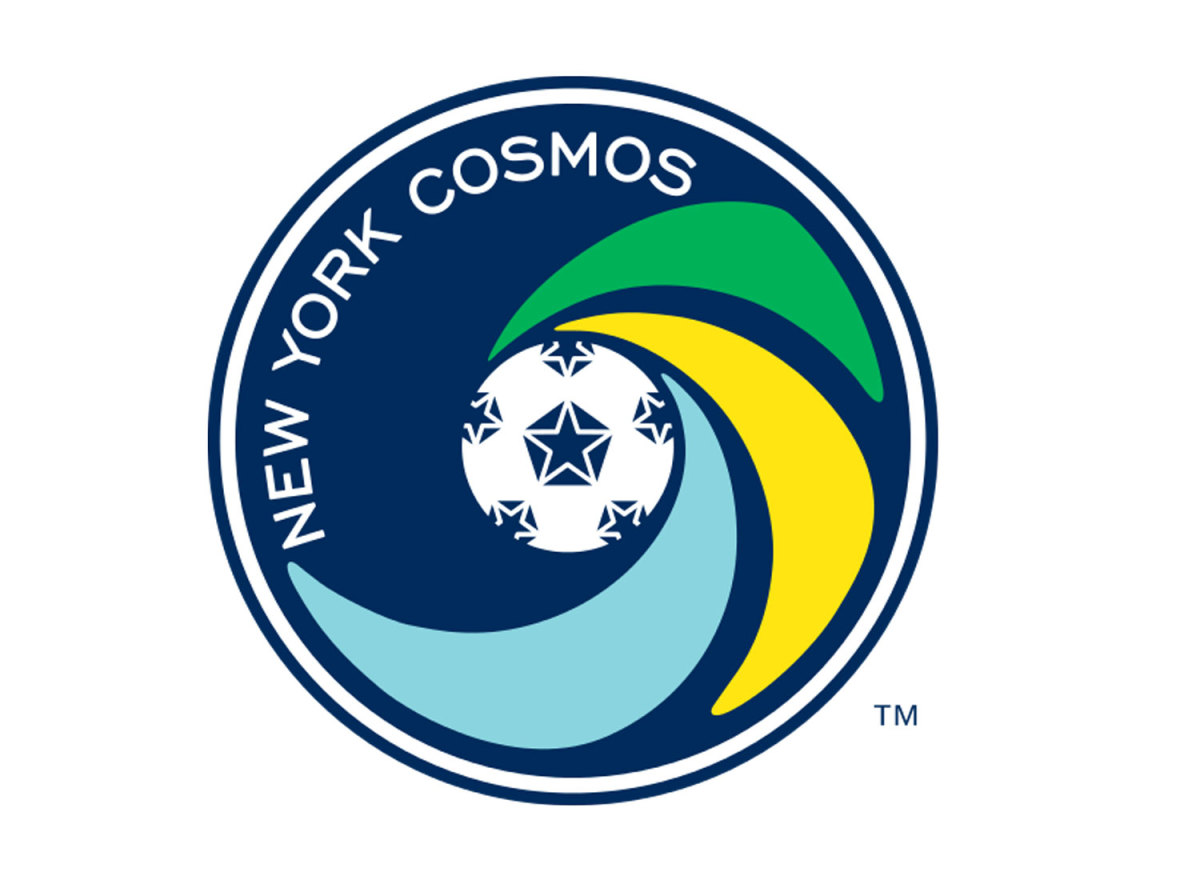
It’s still American soccer’s most famous logo, and it’s far more abstract than most. The iconic swirls came from the mind of artist and soccer dad Wayland Moore, who was introduced to Cosmos GM Clive Toye. The swirly shapes simply are supposed to suggest movement while the colors, Moore has said, “represent different nationalities.” Toye, of course, had one particular nationality in mind. The Cosmos were wearing various combinations of yellow, green and blue for several years before Pelé finally made the move north.
PHILADELPHIA UNION
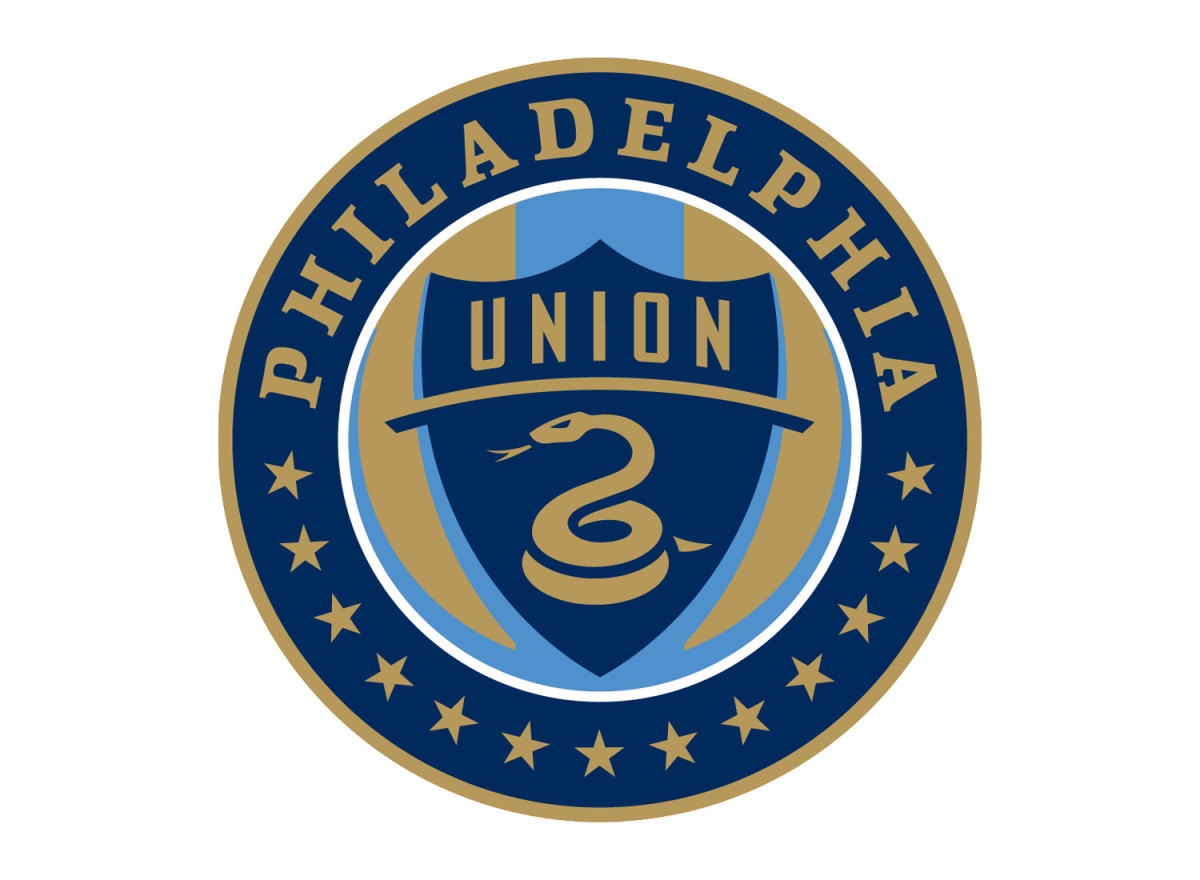
The “Don’t Tread on Me” flag that flew in the American Revolution and which remains a popular piece of national iconography was inspired by a political cartoon created in 1754 by Benjamin Franklin. The cartoon depicted a rattlesnake cut into sections, representing the colonies, and read “Join, or Die.” That snake, now joined, adorns the Union’s crest, accompanied by 13 stars signifying the original states. Blue and gold are the colors of both the city of Philadelphia (none of its other major pro sports teams wear those colors) and the Continental Army that won independence from Britain.
PORTLAND TIMBERS
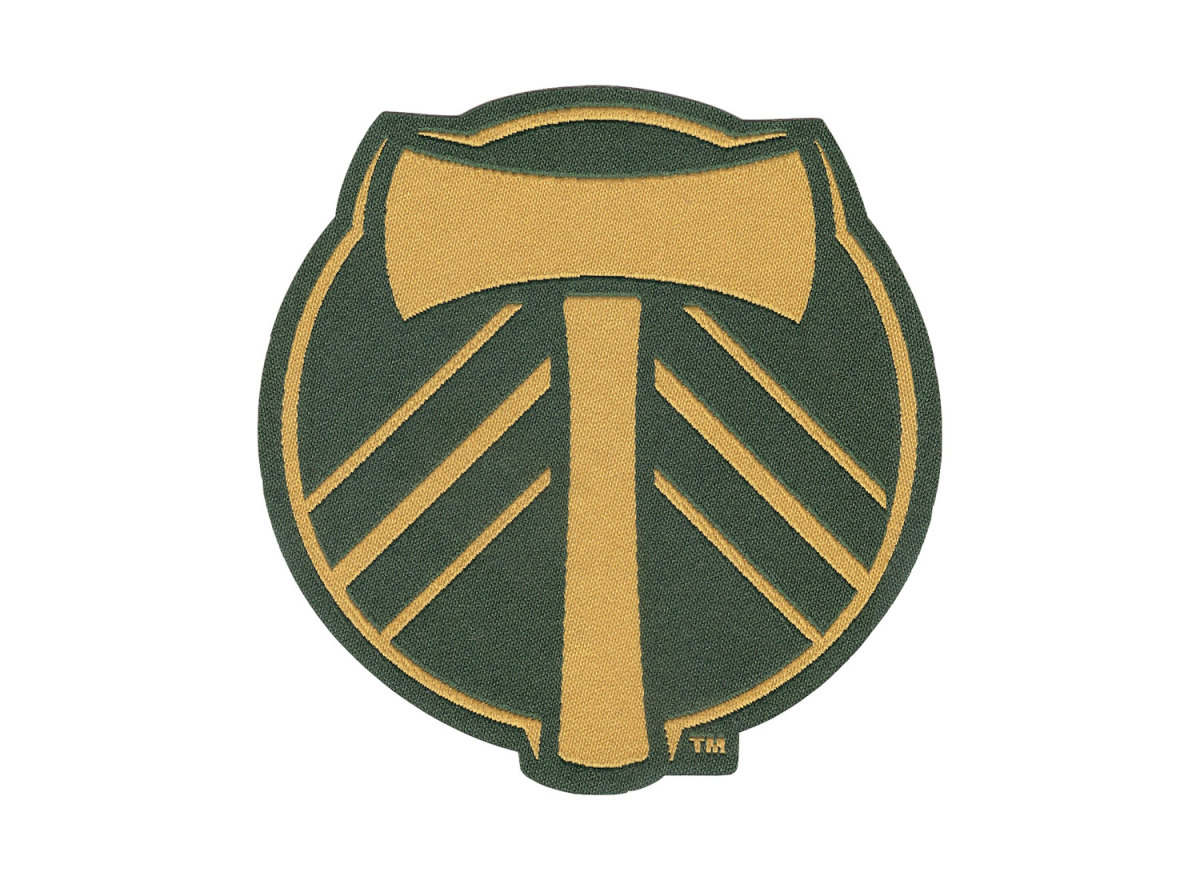
The Timbers have worn an axe (which looks like a ’T’) on their jerseys since 1975 and the three chevrons represent more than the evergreen trees of the Pacific Northwest. They stand for the three eras of Portland pro soccer—the NASL days in the 1970s and early ‘80s, the rebirth and ensuing decade in the second tier and then finally, the 2011 move to MLS. The 2015 champs darkened their green and gold colors ahead of the 2017 season and now sport this crest on their jerseys.
PORTSMOUTH
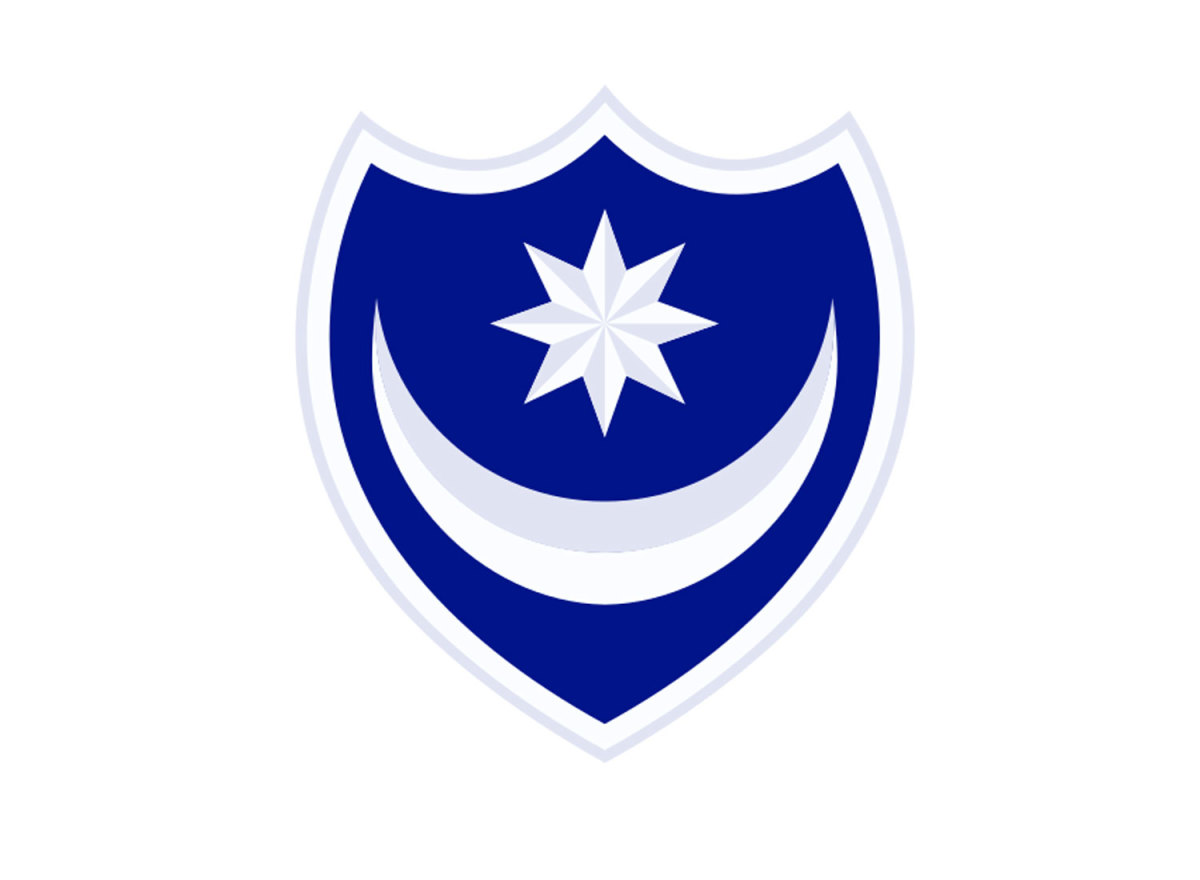
The crescent and star aren’t traditionally associated with England, but they have a long history in Portsmouth. The connection is King Richard I, who granted Portsmouth its town charter in the late 12th century, shortly after the Third Crusade. There, the man called Lionheart won a victory in Cyprus over a relative of the Byzantine emperor who’d taken Richard’s sister captive, and who used the crescent and eight-pointed star as his arms. Richard took the island, his sister and the bad guy’s Byzantine symbol, which Portsmouth soon adopted as an homage.
SAO PAULO FC
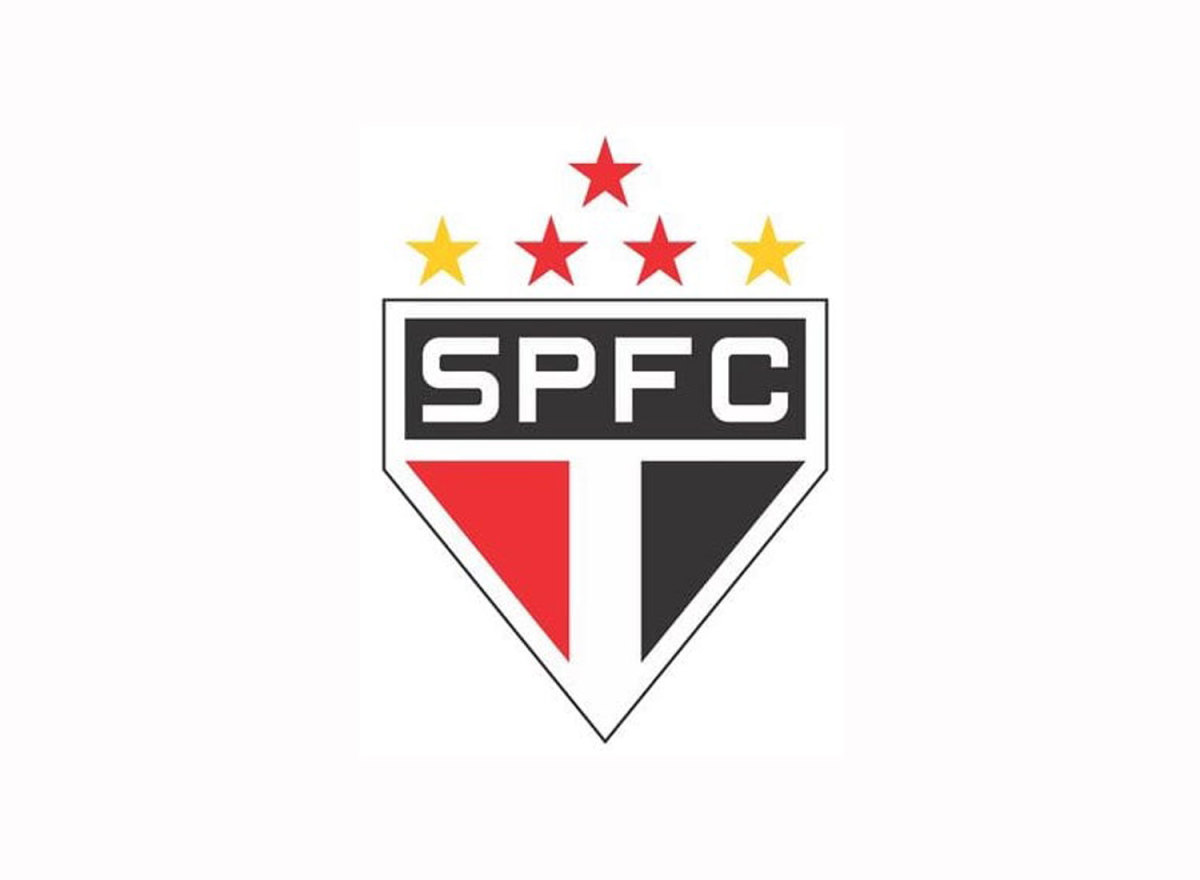
The black, red and white colors come from the two clubs that merged in 1930 to form SPFC, and also from the city flag. The stars atop the shield are more interesting. The three red stars symbolize the club world championships won by the Brazilian powerhouse. That’s typical usage. The two in yellow likely are unique, however, because they have nothing to do with soccer. They honor the world and Olympic records set in the 1950s by São Paulo triple jumper Adhemar Ferreira da Silva.
VFB STUTTGART
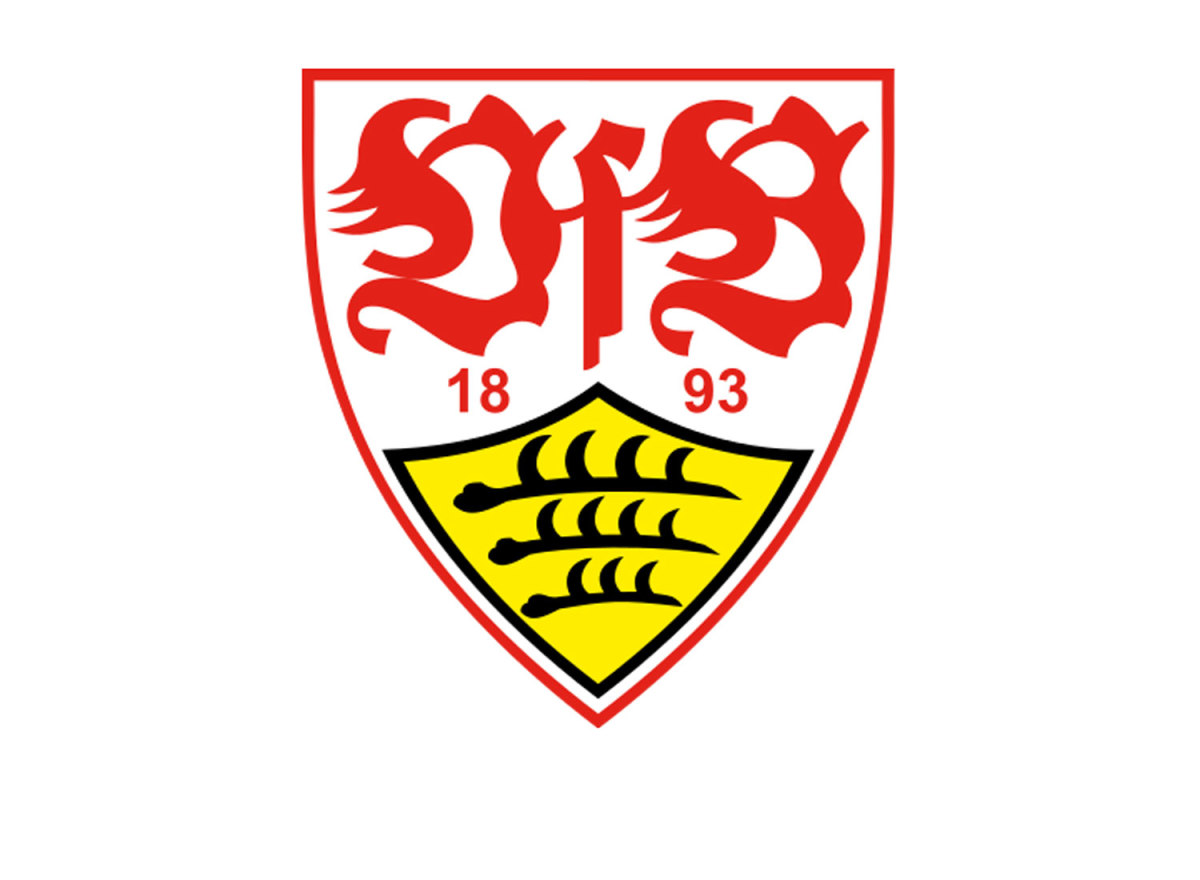
The Bundesliga’s most eye-catching badge features the club’s initials, VfB, in old Germanic calligraphy (VfB stands for Verein für Bewegungsspiele, which roughly translates to “association for motion games”) and is highlighted by the three black antlers on a gold shield. Black and gold are the colors of both Stuttgart and the state of Baden-Württemberg, and the antlers were used as a symbol by the royal House of Württemberg as far back as the 13th century. The ruins of their eponymous castle are on a hill about three miles from VfB’s stadium.
URAWA RED DIAMONDS
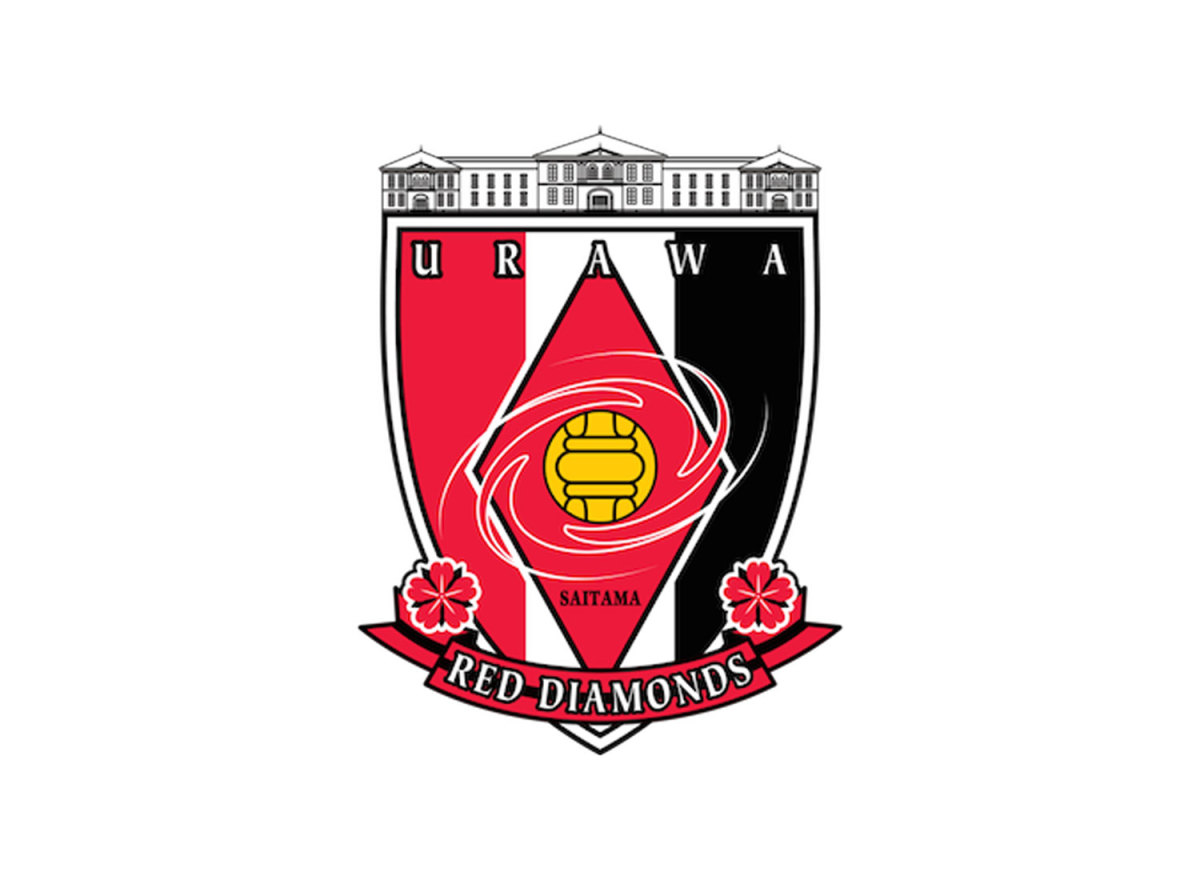
There’s a lot going on in the complex logo used by the five-time Japanese champions. The building atop the shield is the Saitama Elite Teacher Training College, which the club claims was the “birthplace of Saitama football.” There’s a ball and a couple flowers and some swirly bits (“extending circles of goodwill and friendship” apparently), but it’s the big red diamond that catches the eye. The club says it symbolizes “strong solidarity” but really, it comes from the logo of Mitsubishi, the manufacturing and technology conglomerate that’s owned the Diamonds since 1950.
VALENCIA
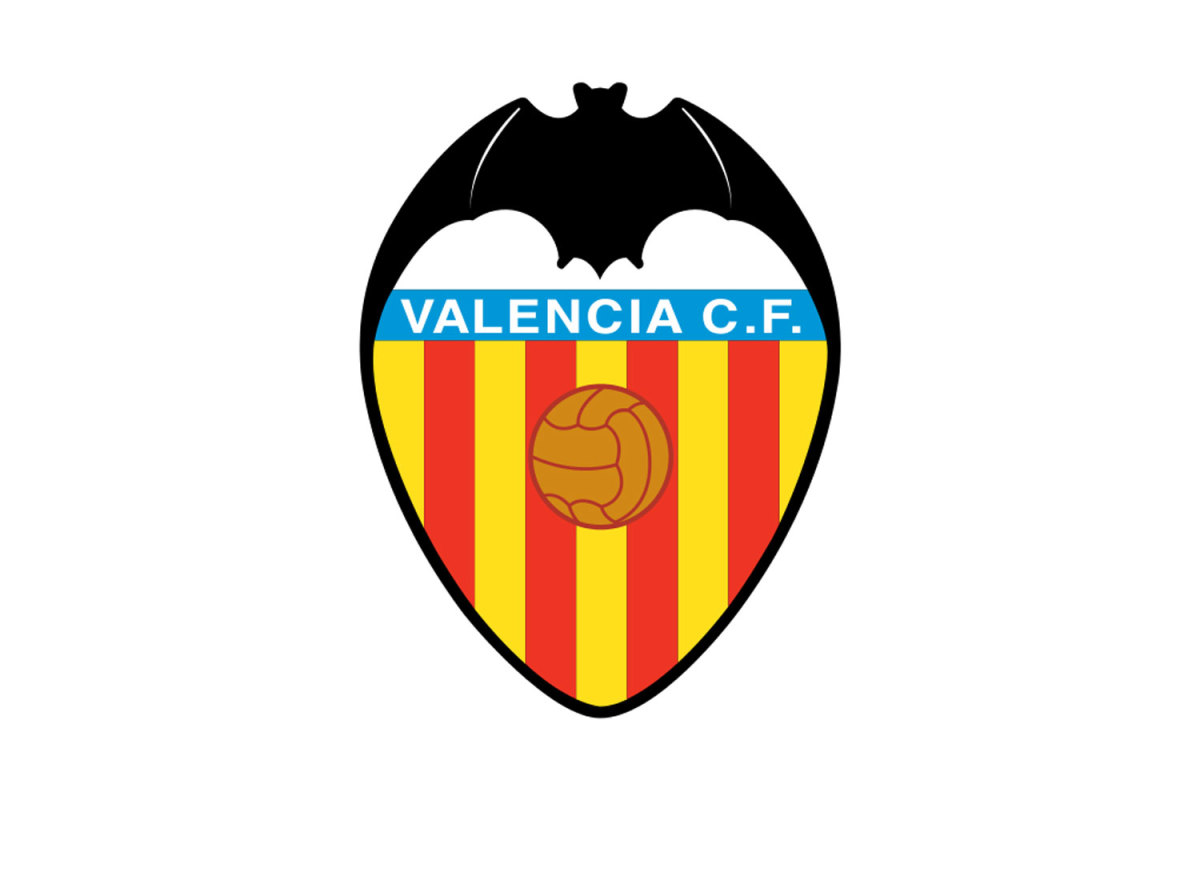
The famous bat comes from Valencia’s city coat of arms, which also features the red and yellow stripes of King James I of Aragon, who took Valencia from the Moors in the 1200s. The legend is that a bat flew toward the king, or landed on or near his flag-depending on what you read—as he was entering the city and so became a symbol of good fortune. The bat appears on the crest of several Spanish cities and on the logos of additional clubs like Albacete and Levante.
WATFORD
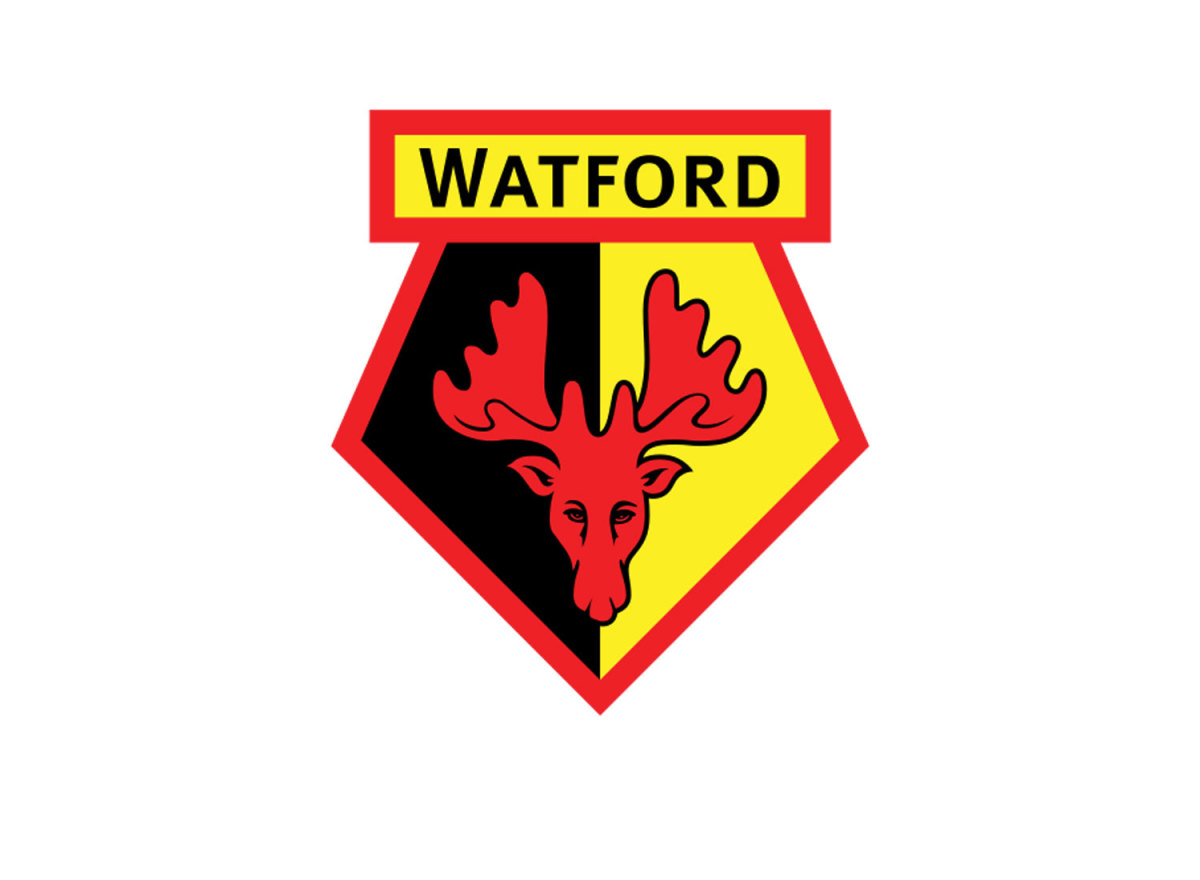
Their nickname is Hornets, but Watford’s players wear a red deer on their jerseys because of the club’s location in the county of Hertfordshire, just north of London. “Hart” is a term for stag, and the term “hertford” is Old English for “hart crossing.” Hertfordshire’s flag features the deer and some wavy water lines, and Watford is by some distance the county’s largest football club.
